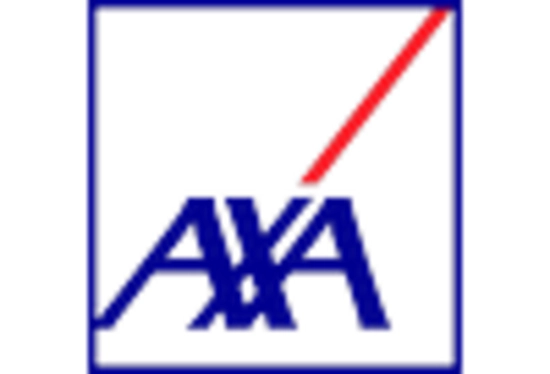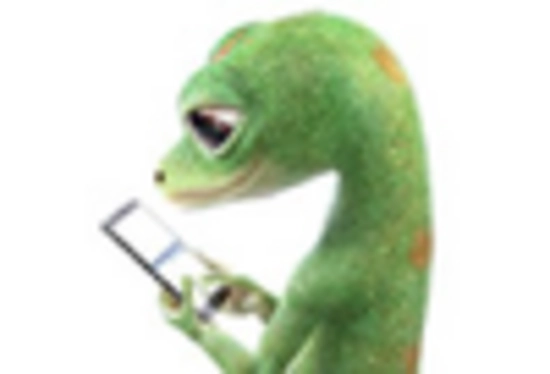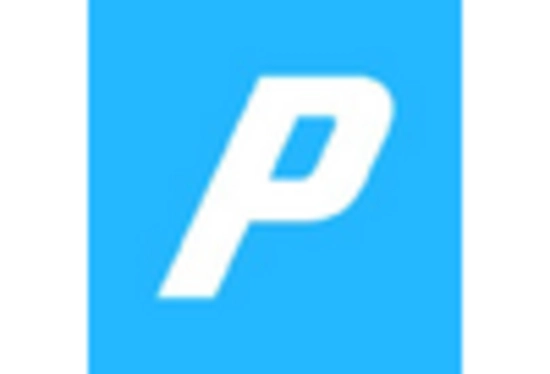Economic Factors
Economic conditions play a pivotal role in shaping the Motor Insurance Market. Factors such as disposable income, employment rates, and overall economic growth directly influence consumers' ability to purchase vehicles and, consequently, motor insurance. In periods of economic expansion, individuals are more likely to invest in new vehicles, thereby increasing the demand for insurance coverage. Conversely, economic downturns may lead to reduced vehicle sales and a subsequent decline in insurance uptake. Recent economic indicators suggest a steady recovery in many regions, which could bolster the Motor Insurance Market. Insurers may need to adjust their pricing strategies and product offerings in response to these economic fluctuations to remain competitive and meet consumer needs.
Regulatory Compliance
The Motor Insurance Market is subject to a complex landscape of regulatory requirements that can significantly impact operations. Governments worldwide are increasingly implementing stringent regulations aimed at ensuring consumer protection and promoting fair practices within the insurance sector. Compliance with these regulations is essential for insurers to maintain their licenses and avoid penalties. For instance, many jurisdictions now mandate minimum coverage levels, which directly influences the types of products offered in the Motor Insurance Market. Additionally, regulatory changes can lead to increased operational costs for insurers, as they must invest in compliance measures. As such, staying abreast of regulatory developments is crucial for insurers aiming to thrive in this dynamic environment.
Technological Advancements
The Motor Insurance Market is experiencing a notable transformation due to rapid technological advancements. Innovations such as telematics and artificial intelligence are reshaping how insurers assess risk and manage claims. Telematics devices, which monitor driving behavior, allow insurers to offer personalized premiums based on actual driving patterns. This shift towards data-driven decision-making is expected to enhance customer satisfaction and reduce fraud. According to recent data, the adoption of telematics in motor insurance is projected to grow by over 20 percent annually, indicating a strong trend towards more personalized insurance solutions. As technology continues to evolve, the Motor Insurance Market is likely to see further enhancements in efficiency and customer engagement.
Increased Vehicle Ownership
The Motor Insurance Market is significantly influenced by the rising trend of vehicle ownership across various regions. As more individuals acquire vehicles, the demand for motor insurance naturally escalates. Recent statistics indicate that vehicle ownership has increased by approximately 15 percent in the last five years, particularly in emerging markets. This surge in ownership not only drives the need for insurance coverage but also encourages insurers to develop tailored products that cater to diverse customer needs. Furthermore, the growing middle class in many regions is likely to contribute to sustained growth in vehicle sales, thereby further propelling the Motor Insurance Market. Insurers may need to adapt their strategies to accommodate this expanding customer base.
Shift Towards Sustainable Practices
The Motor Insurance Market is witnessing a gradual shift towards sustainability, driven by growing consumer awareness and environmental concerns. Insurers are increasingly recognizing the importance of integrating sustainable practices into their operations. This includes offering discounts for eco-friendly vehicles and promoting policies that encourage responsible driving behaviors. Recent surveys indicate that a significant portion of consumers is willing to switch insurers for more sustainable options, suggesting a potential competitive advantage for those who prioritize environmental responsibility. As sustainability becomes a key consideration for consumers, the Motor Insurance Market may need to adapt its offerings to align with these values, potentially leading to innovative insurance products that cater to environmentally conscious customers.

















Leave a Comment